Student engineers strive to limit harmful storm water runoff
March 19, 2014
Sacramento State civil engineering students are working on research that aims to filter some of the metals, particles and nutrients to reduce the effects on fish and wildlife in rivers.
When it rains the water washes away oils, metals, dirt and even pesticides from the roads into storm drains, which eventually end up in rivers and lakes.
“If we can more effectively treat that water before we discharge it into the open waterways, it protects those important waterways for beneficial uses like fisheries, recreation and sources of drinking water,” said Kelly McCamman, a civil engineering graduate student.
The research involves 28 bioretention basins, which are black corrugated plastic containers filled with a mixture of soil, sand, compost and vegetation like wild rye grass.
“We are trying to make it very sustainable,” said civil engineering graduate student Clint Gregory. “Something that can be easily used in other areas with not a lot of high technology or manufactured materials.”
The goal is to extract minerals like phosphorous and heavy metals by adding a layer of activated alumina to the soil.
When phosphorous gets into rivers, it contributes to the growth of algae and as it dies, the bacteria that break it down suck up oxygen in the water robbing fish of air. These types of effects can be apparent on a small scale in fish tanks.
“In some of the columns, we have a layer of what is called activated alumina, which is a manufactured media, and they use it for drinking water treatment,” said Dipen Patel, water program research engineer. “We think it’s our best hope in the tests we are doing here for removing phosphorous.”
The bioretention basins are also equipped with underdrains filled with gravel. In this area, the research team aims to break down nitrate into nitrogen gas using bacteria, Patel said.
Treated water is sampled for metals like copper, lead, zinc, polychlorinated biphenyls and other pollutants from runoffs that can be potentially toxic to aquatic life, Patel said.
More than 115 bottles of samples where collected Thursday, and transported to a Rancho Cordova lab for testing, as well as two other labs in the region.
The results will be presented to the stormwater community, and if the treatment does help extract harmful minerals and chemicals, the next step of the research will be creating a pilot bioretention basin for testing on a larger scale.
There is currently no funding for the next phase of the research.
“A whole study like that, you are looking at least half a million dollars,” Patel said.
Civil Engineering Professor and Project Advisor John Johnston said he is pleased students have been able to participate on the project.
“It has given them an opportunity to practice the discipline of thinking through all the steps and details for a substantial project,” Johnston said. “This is great practice for the professional world, even activities that don’t involve laboratory research.”
McCamman said he is gaining valuable experience from the project, and said he is excited about the potential opportunity of incorporating one of the projects he is working on into his thesis.
Gregory is using this research project as his thesis for civil engineering and recently received the Provost’s Award for Research Excellence at the 2014 Sacramento State Student Research Symposium.




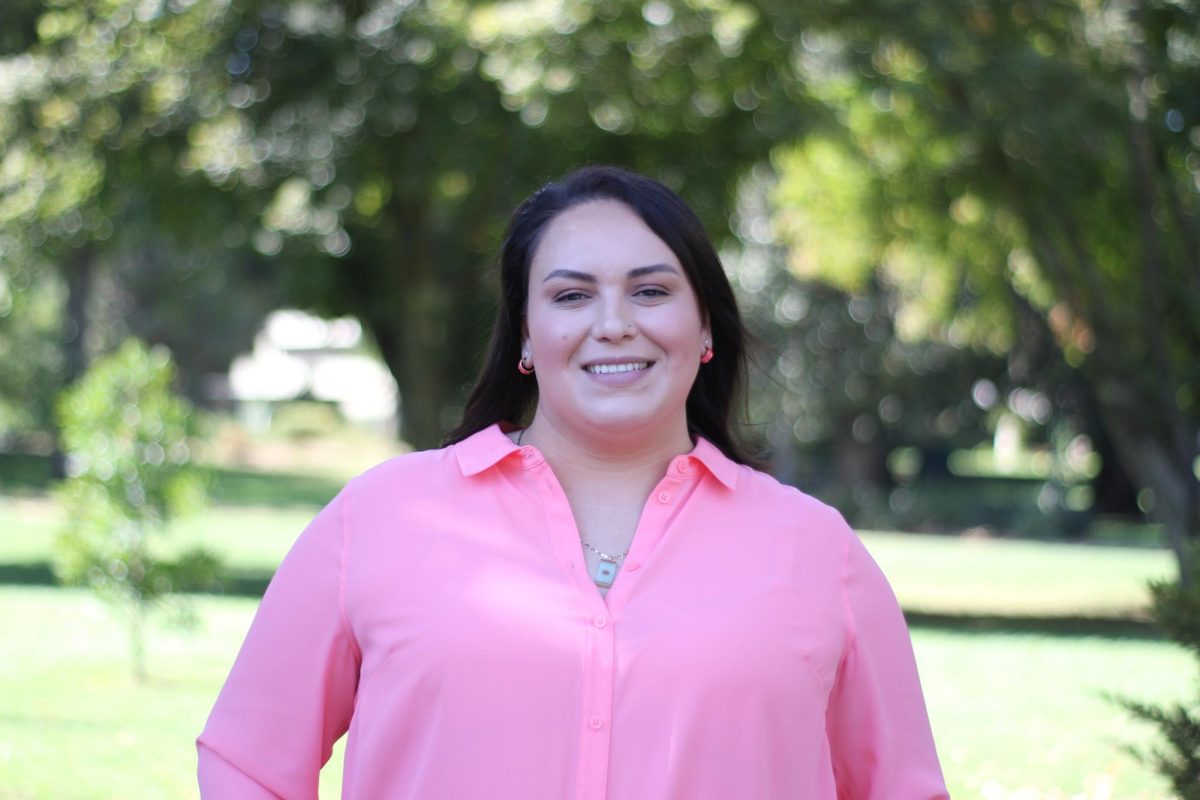
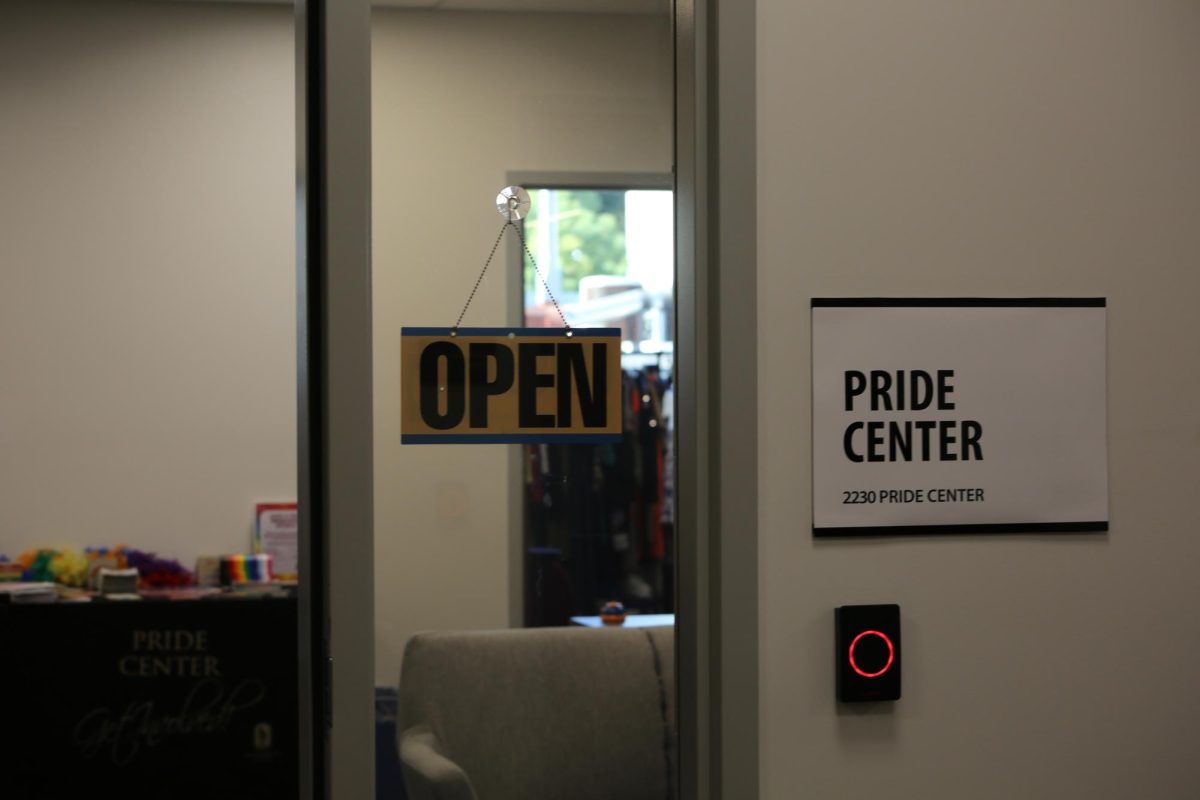




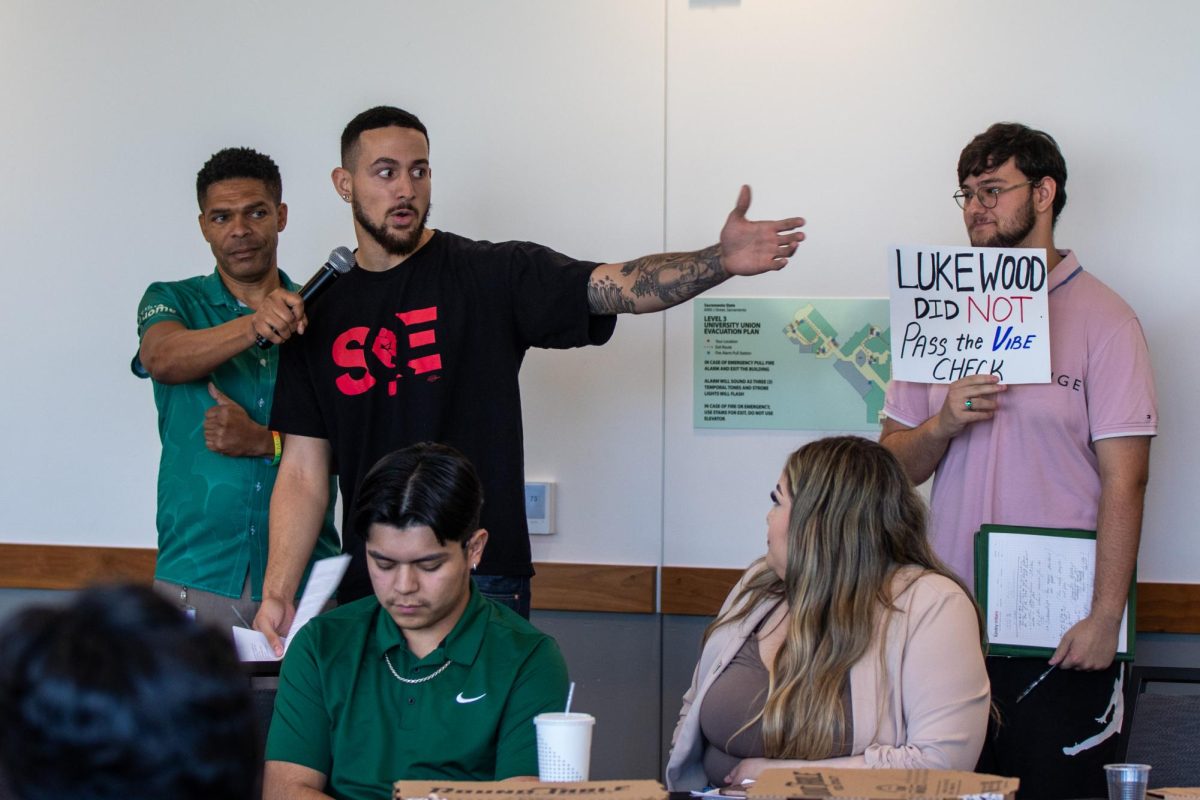



















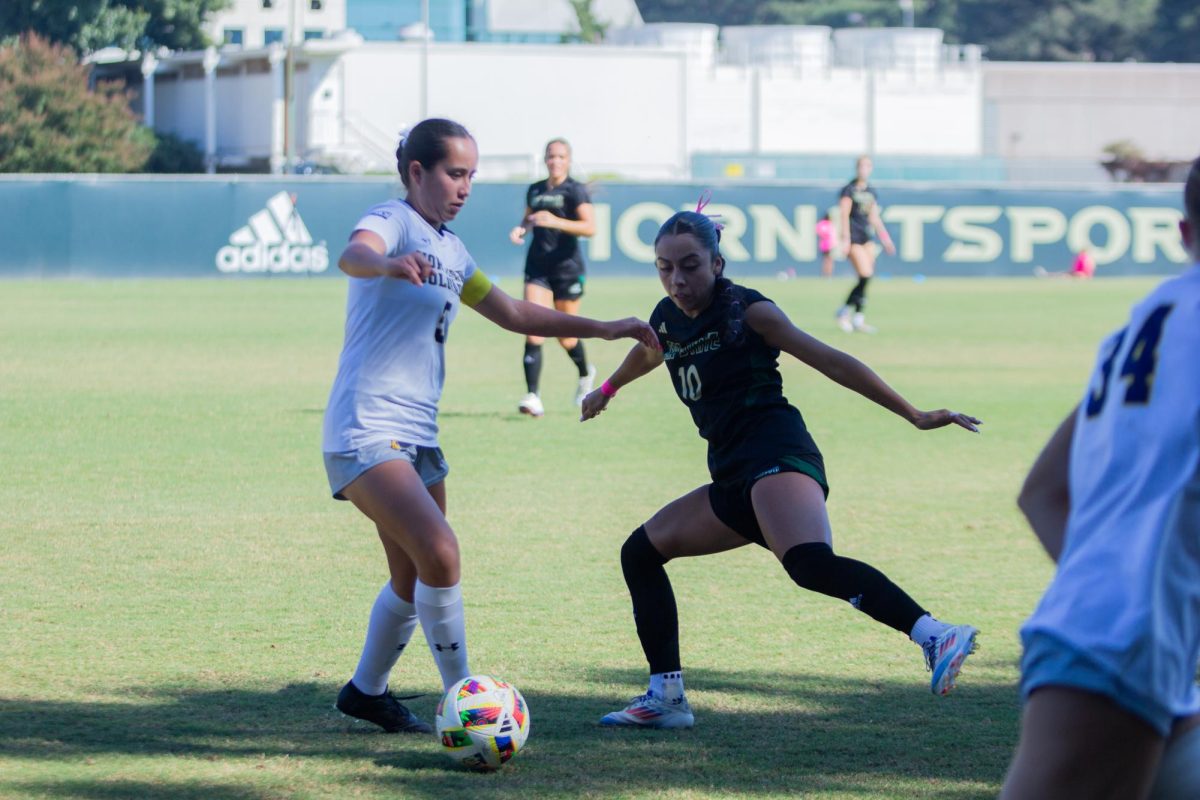

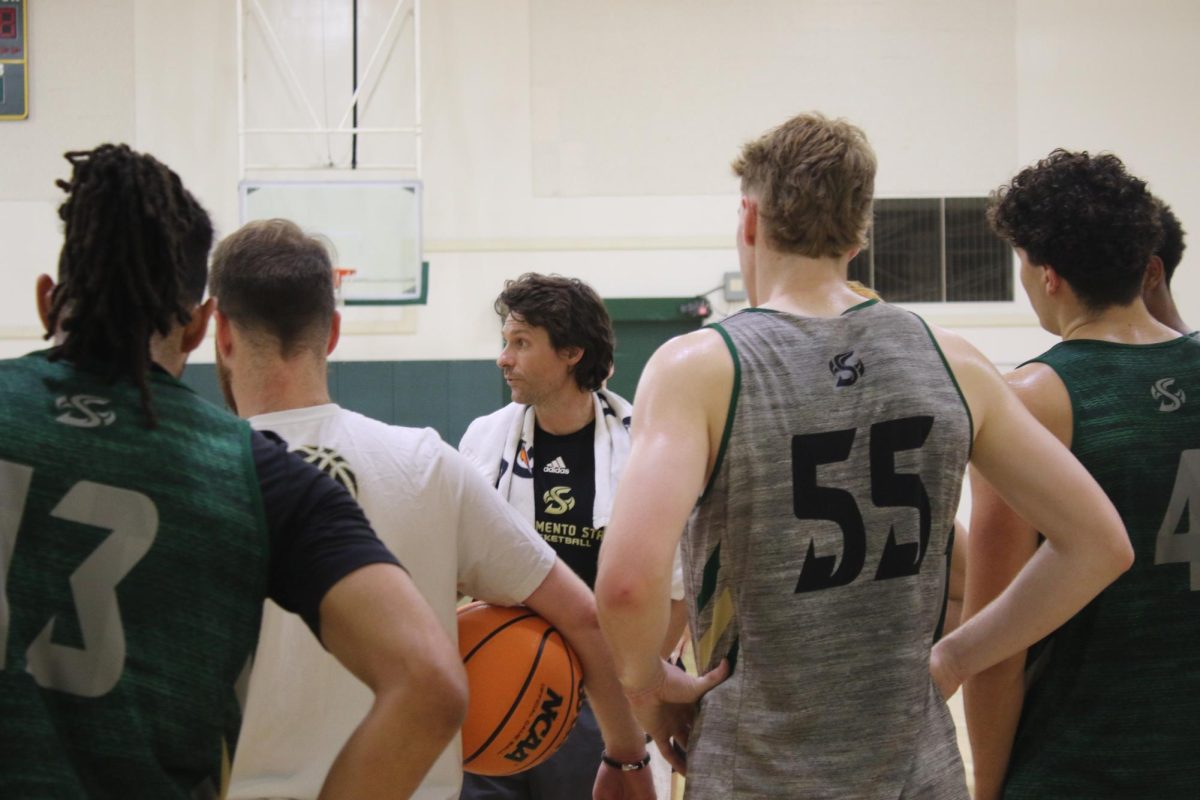



















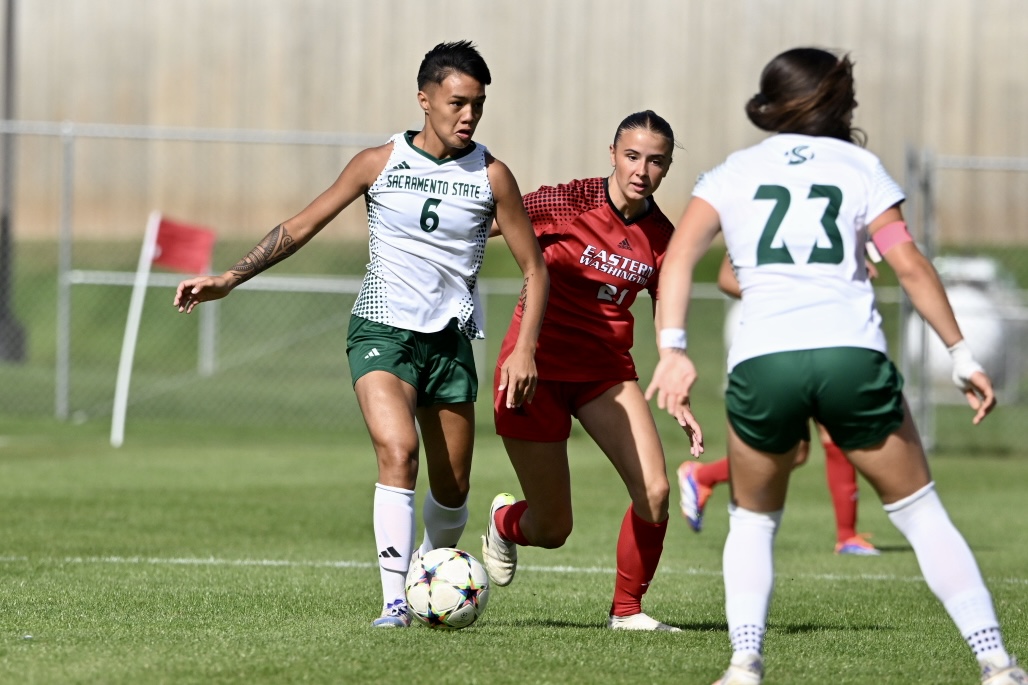















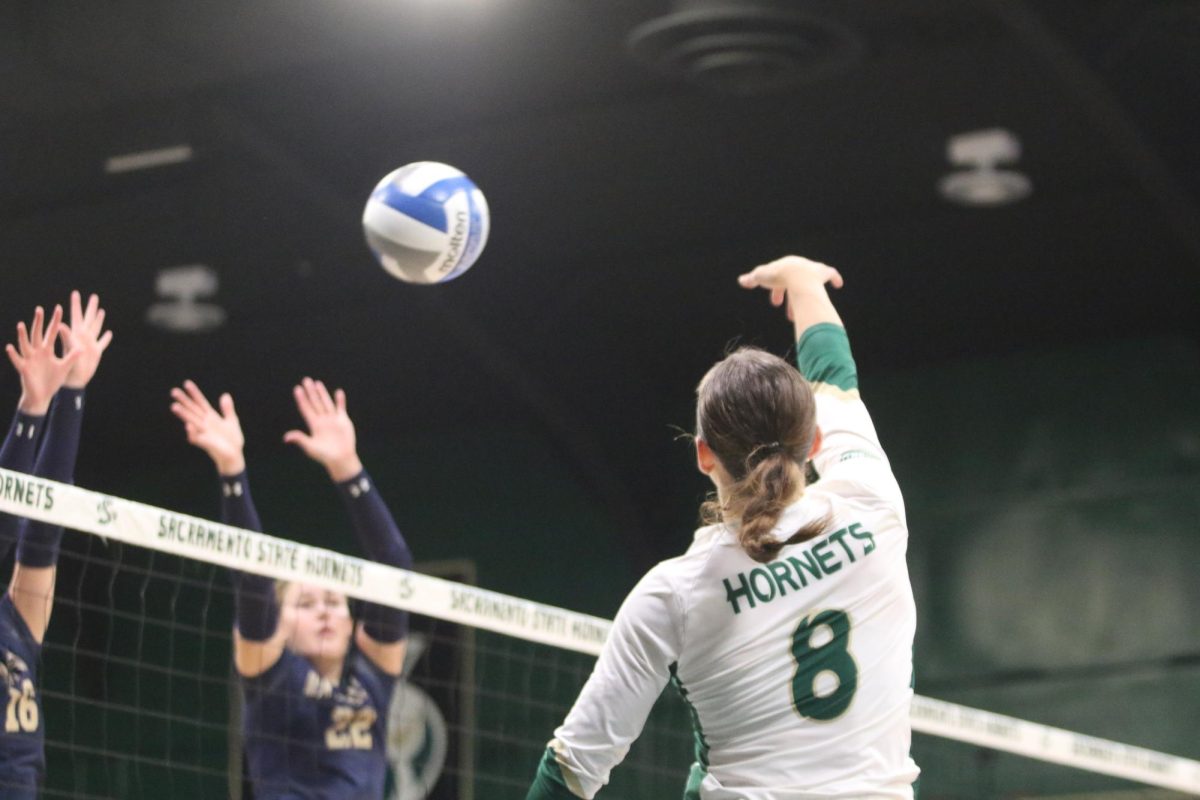
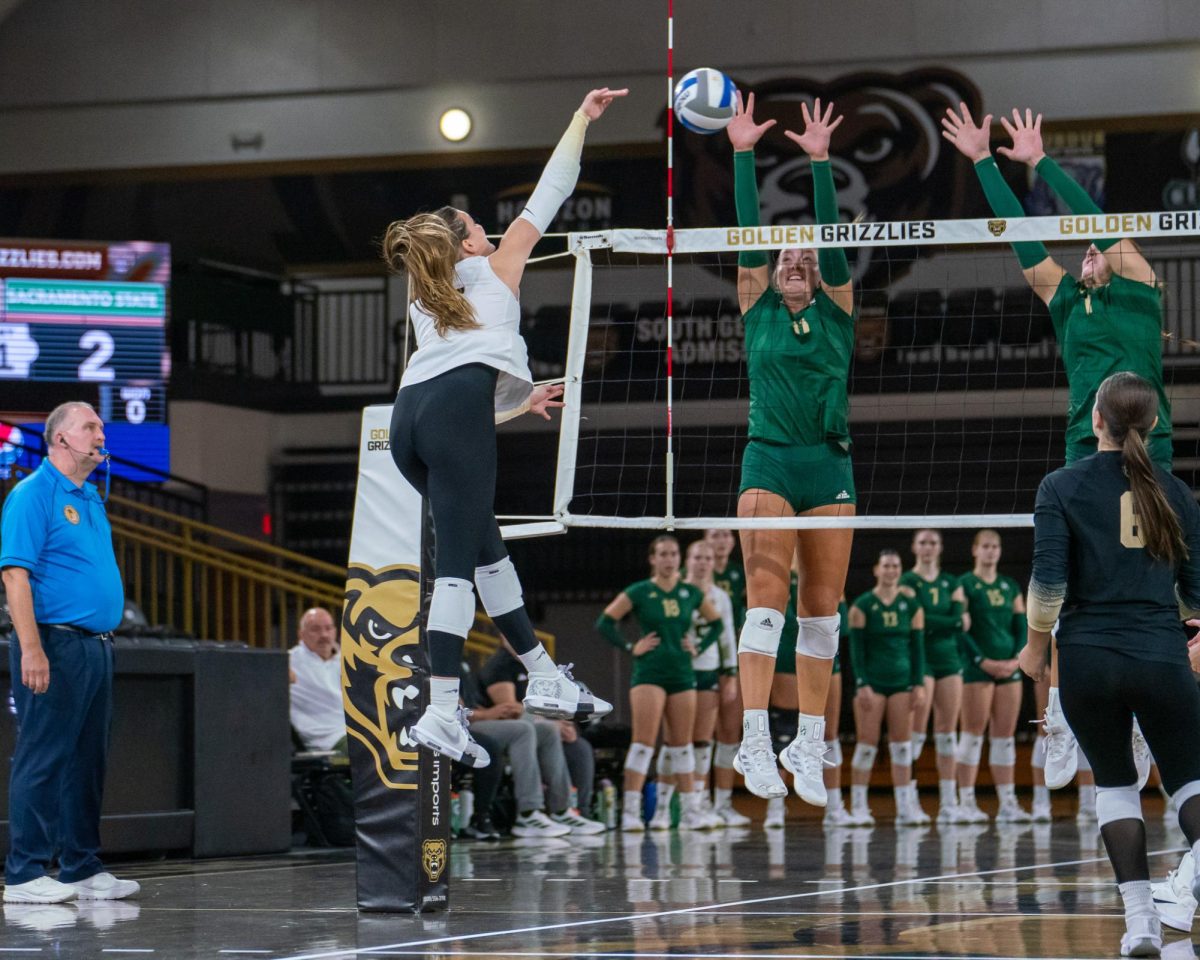


























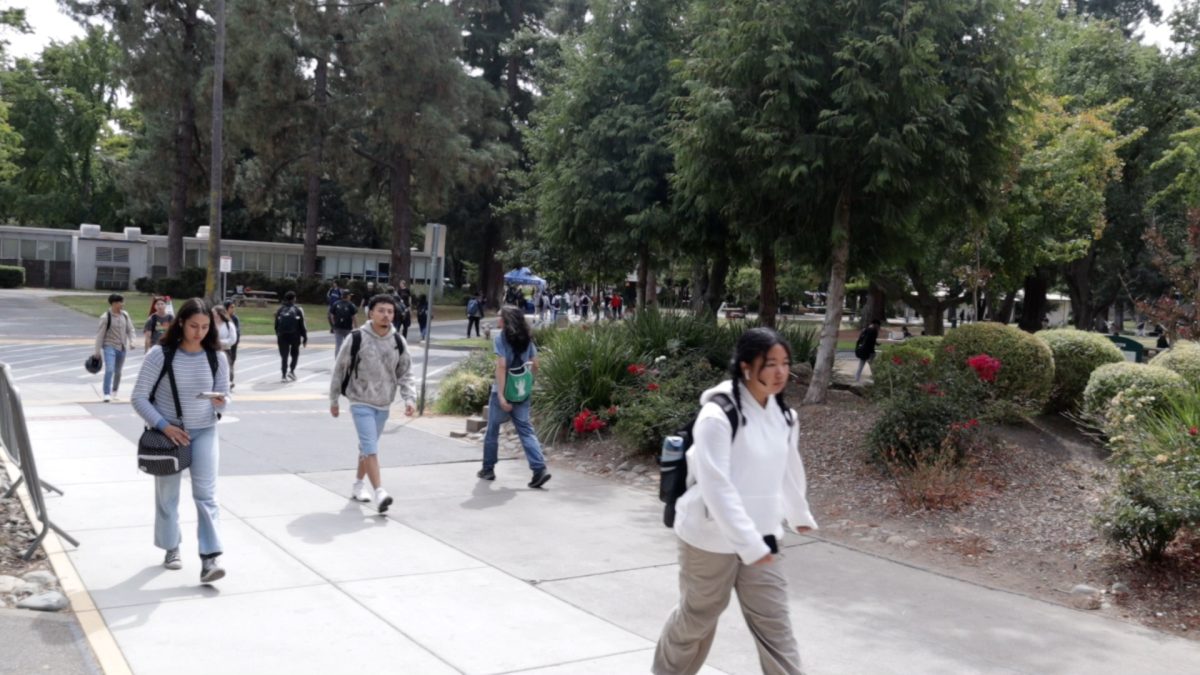




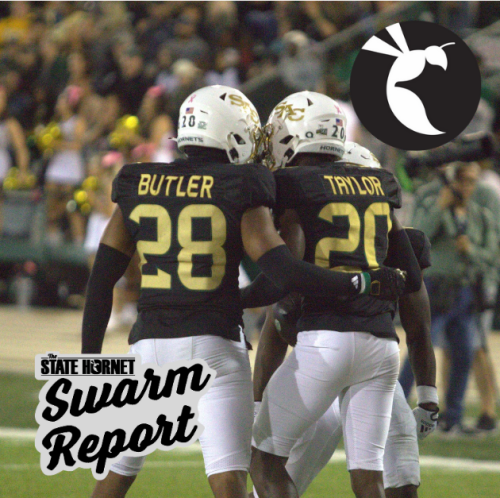



















Ilian Cervantes • Apr 25, 2018 at 2:48 pm
Same thing!
Name addition please.